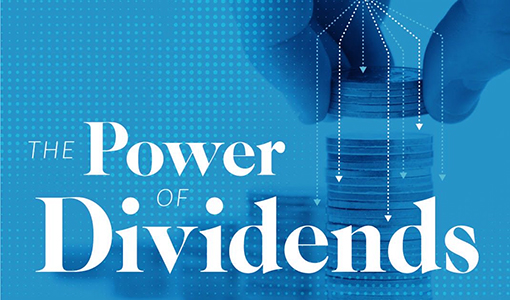RRSPs aren’t the only investment account with a contribution deadline that Canadian families should be aware of. As we close in on the end of another calendar year, there are several contribution deadlines, and tax planning measures that merit review.
One of these relates to the FREE money available to Canadian parents every year in the form of the powerful education savings tool – the Registered Education Savings Plan (RESP). We continue to come across many misconceptions Canadians have about the RESP – what it is, and how to best utilize it. Below are some of the most common questions people have about RESPs.
What is a RESP?
The RESP is a registered (tax-sheltered) investment account, introduced by the federal government in 1974 (the familiar matching government grant wasn’t offered until 1998), usually geared towards saving for a child’s education – although it could also be for yourself or another adult.
The main benefits are tax-sheltered growth inside the RESP, and the FREE money the government kicks in – up to $7,200 per child (17 and under) over the life of the plan.
How does a RESP work?
In simplest terms, an RESP works like this: the sponsor of the RESP (typically the child’s parent or guardian) makes a contribution to the RESP (no tax receipt for contribution). The government then kicks in a 20% matching contribution. $500 is the annual maximum grant the government will contribute – thus a $2,500 contribution from the sponsor maximizes the FREE money every year. This grant is called the Canadian Education Savings Grant (CESG).
Families with household incomes below $91,831 can attract additional grant amounts up to an extra $100 annually. In addition, families with household incomes below $50,000 could be eligible for the Canada Learning Bond, making another $500-$2,000 available.
If you don’t maximize the CESG in any given year, unused grant room can be carried forward and claimed in future years. However, the maximum grant that can be claimed in any given year is $1,000.
Why should I open a RESP? Here’s 6 of the best reasons:
- FREE MONEY – No other education savings option provides this type of initial return on your contribution.
- TAX FREE GROWTH – The funds you contribute, along with the grant money, grows tax-free within the RESP.
- EDUCATION IS EXPENSIVE – Outpacing inflation, the average tuition for a four-year undergrad university program is now $27,300, not including room and board. The total cost could be close to $20,000 – or $80,000 over four years!
- LITTLE TO NO TAX AT WITHDRAWAL – Withdrawals from the RESP (not including the sponsor’s original contributions) are taxed in the hands of the child as they attend university. This typically results in little to no tax paid on the withdrawals.
- FLEXIBILITY – RESP accounts can stay open for 36 years, giving your children plenty of time to utilize the funds. If one of your children doesn’t attend university, the funds can be transferred to another child ($7,200 lifetime limit still applies). For funds left unused, you can either withdraw the original contributions tax-free, or transfer it to an RRSP.
- MORE FREE MONEY IF YOU LIVE IN BC! – BC families are eligible for another grant (BCTESG), worth $1,200, within their RESP. The child must be the beneficiary of a RESP to receive the grant. Application for the grant must be submitted between the child’s sixth and ninth birthdays.
A good education savings plan can be a critical piece of a comprehensive financial plan. However, it should be properly aligned and integrated with other goals and objectives of the overarching plan.
If you have any further questions, or would like more information, don’t hesitate to reach out.
Connect Wealth is an independent financial planning firm that offers holistic advice to clients based on their current goals and future aspirations. We use well-established workflows and cutting edge technology to maximize planning efficiencies while simplifying the process for clients. Learn how you can maximize your financial opportunities at connectwealthp.wpengine.com






